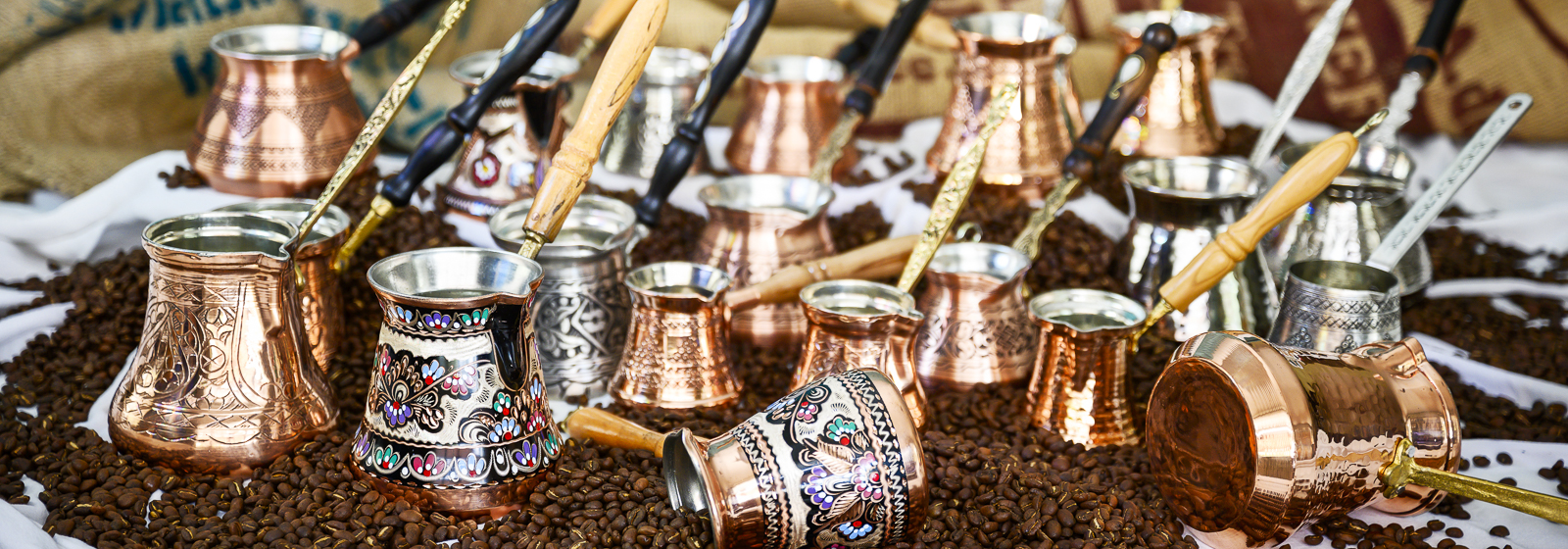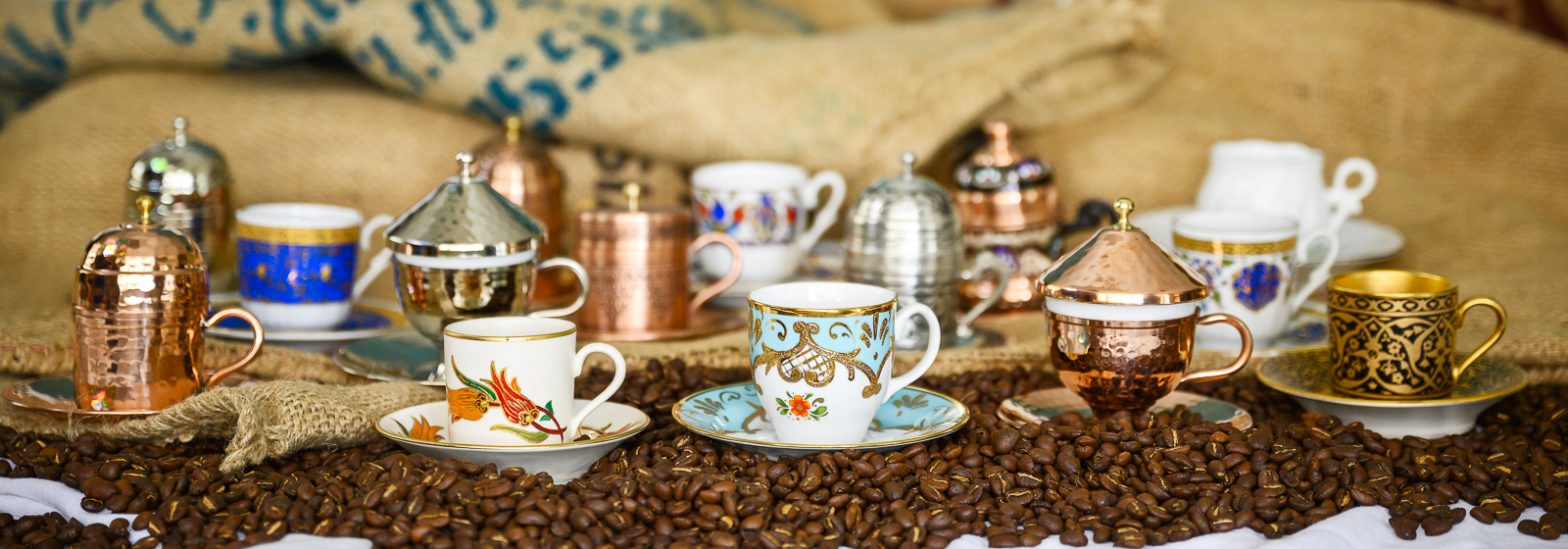OUR BUSINESS IS TEMPORARILY CLOSED DUE TO HEALTH
SOON OPENING BACK TO HEALTH!!!!!
VERY SOON!
We will keep you posted when we are re-open.
See you soon.
Turkish Coffee World
A Nextrend Marketing Company
1675 Spyglass Drive
Corona, California 92883 USA
(800) 649-7538Customer Support
(949) 419-6207Customer Support


